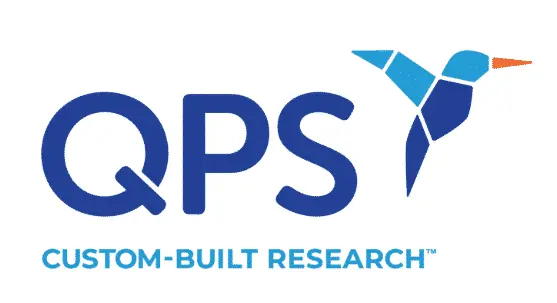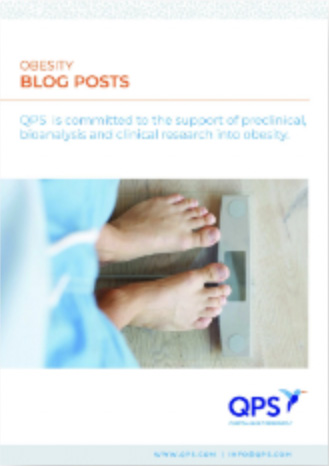Low back pain affects almost everyone at some point during their lifetime. Globally, it is the leading cause of years lived with disability, a measure of the amount of time that people around the world experience less than ideal health. In the US, 15.4% of workers report an average of 10.5 lost workdays per year due to chronic low back pain. However, despite the high prevalence of back pain, effective, safe treatments have yet to be developed.
To understand what truly works, scientists in Australia conducted one of the most extensive reviews to date. They analyzed data from 301 randomized controlled trials involving 56 different non-surgical, non-invasive treatments. These included non-steroidal anti-inflammatory drugs (NSAIDs), opioids, antidepressants, exercise, acupuncture and spinal manipulation.
The findings were sobering. “The current evidence shows that one in 10 non-surgical and non-interventional [non-invasive] treatments for low back pain are efficacious, providing only small analgesic effects beyond placebo,” the authors wrote in the research report published in BMJ Evidence-Based Medicine.

A Short List of Small Wins
For acute back pain, only NSAIDs were more effective than a placebo and showed a small benefit. For chronic low back pain, five treatments stood out—again, only slightly. These were exercise, spinal manipulation, antidepressants, taping and transient receptor potential vanilloid (TRPV1) agonists like capsaicin. The researchers reported small effect sizes and low to moderate certainty about the evidence, due to poor study quality and small sample sizes.
Notably, many widely used or highly marketed treatments did not meet the researchers’ standard for efficacy. These included cannabinoids, muscle relaxants, opioids, acupuncture and dry cupping. “We were motivated to conduct this review because non-surgical and non-invasive approaches are recommended as the initial treatment approach, but many such options are available, and it’s not always easy to know which ones are effective,” said Aidan Cashin, an exercise physiologist and deputy director of the Center for Pain IMPACT at Neuroscience Research Australia, who led the study.
What We Don’t Know
Most cases of back pain are classified as non-specific, meaning there’s no clear structural or disease-related cause. That makes studying it even harder. Many of the treatments reviewed had only one small trial backing them, often with fewer than 100 participants. This limits the strength of the conclusions.
“Many of the investigated treatments only attempt to target a single potential contributing factor, which may in part account for why, on average, many treatments weren’t effective. More work is needed to better understand what causes and maintains low back pain so we can develop more targeted treatments,” Cashin explained.
Looking for a Better Way
New approaches to treating chronic pain by addressing the deeper causes and pain pathways have shown some promise. For example, researchers are advancing pain treatment options that aim to retrain how the brain perceives pain. Pain reprocessing therapy and graded sensorimotor retraining are two such approaches. They don’t rely on drugs or manipulation but rather focus on neural pathways and chronic pain processing. These strategies are still being tested but could offer broader and more sustained relief.
The Bottom Line
Most common treatments for low back pain don’t work well, and the few that do offer only modest benefits. This review helps to clarify the evidence and points to the need for larger trials, better tools and more complete models of chronic pain.
Did you enjoy this blog post? Check out our other blog posts as well as related topics on our Webinar page.
QPS is a GLP- and GCP-compliant contract research organization (CRO) delivering the highest grade of discovery, preclinical and clinical drug research development services. Since 1995, it has grown from a tiny bioanalysis shop to a full-service CRO with 1,200+ employees in the US, Europe and Asia. Today, QPS offers expanded pharmaceutical contract R&D services with special expertise in pharmacology, DMPK, toxicology, bioanalysis, translational medicine, cell therapy (including PBMCs, leukopaks and cell therapy products) and clinical development. An award-winning leader focused on bioanalytics and clinical trials, QPS is known for proven quality standards, technical expertise, a flexible approach to research, client satisfaction and turnkey laboratories and facilities. Through continual enhancements in capacities and resources, QPS stands tall in its commitment to delivering superior quality, skilled performance and trusted service to its valued customers. For more information, visit www.qps.com or email info@qps.com.




